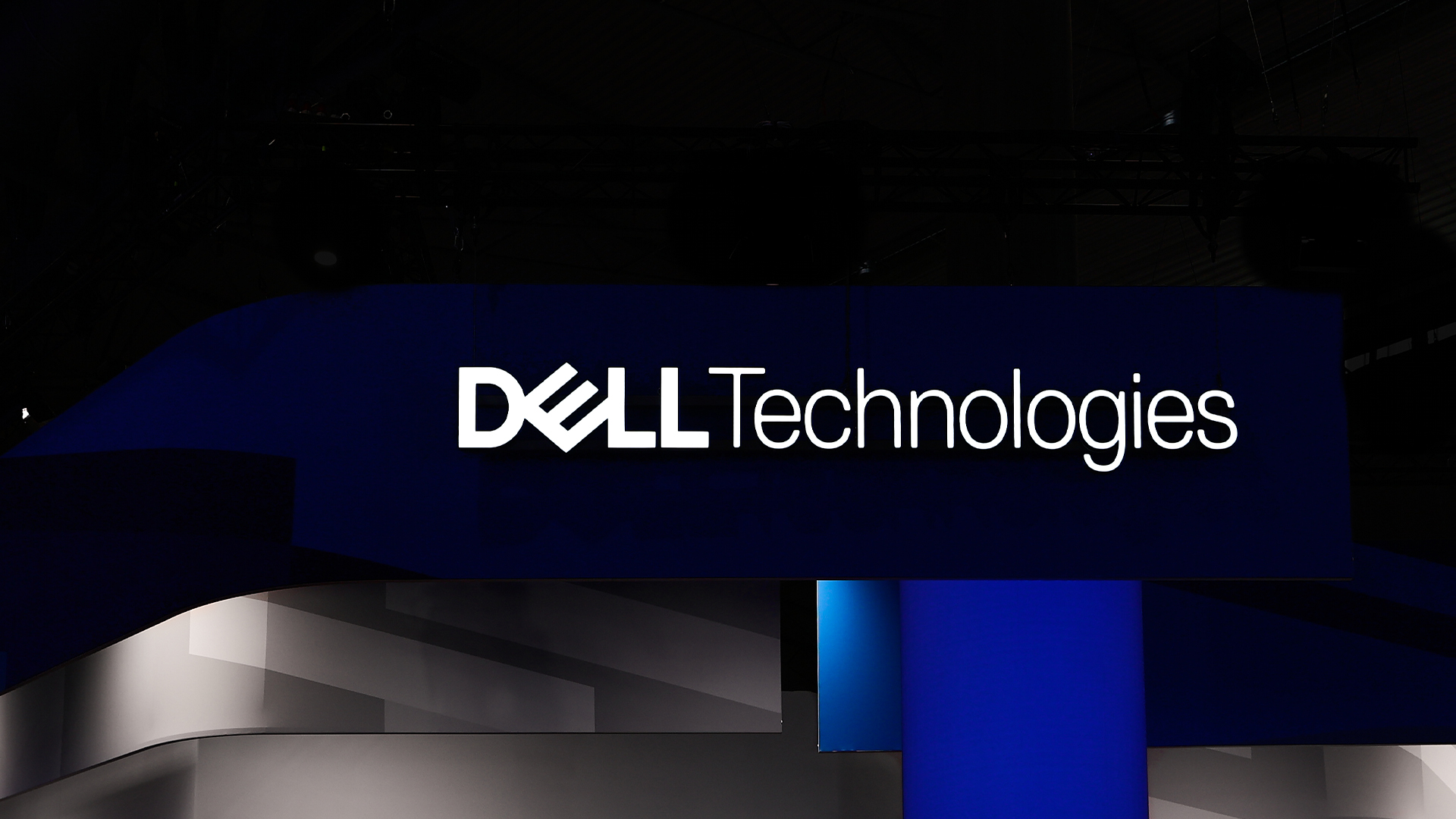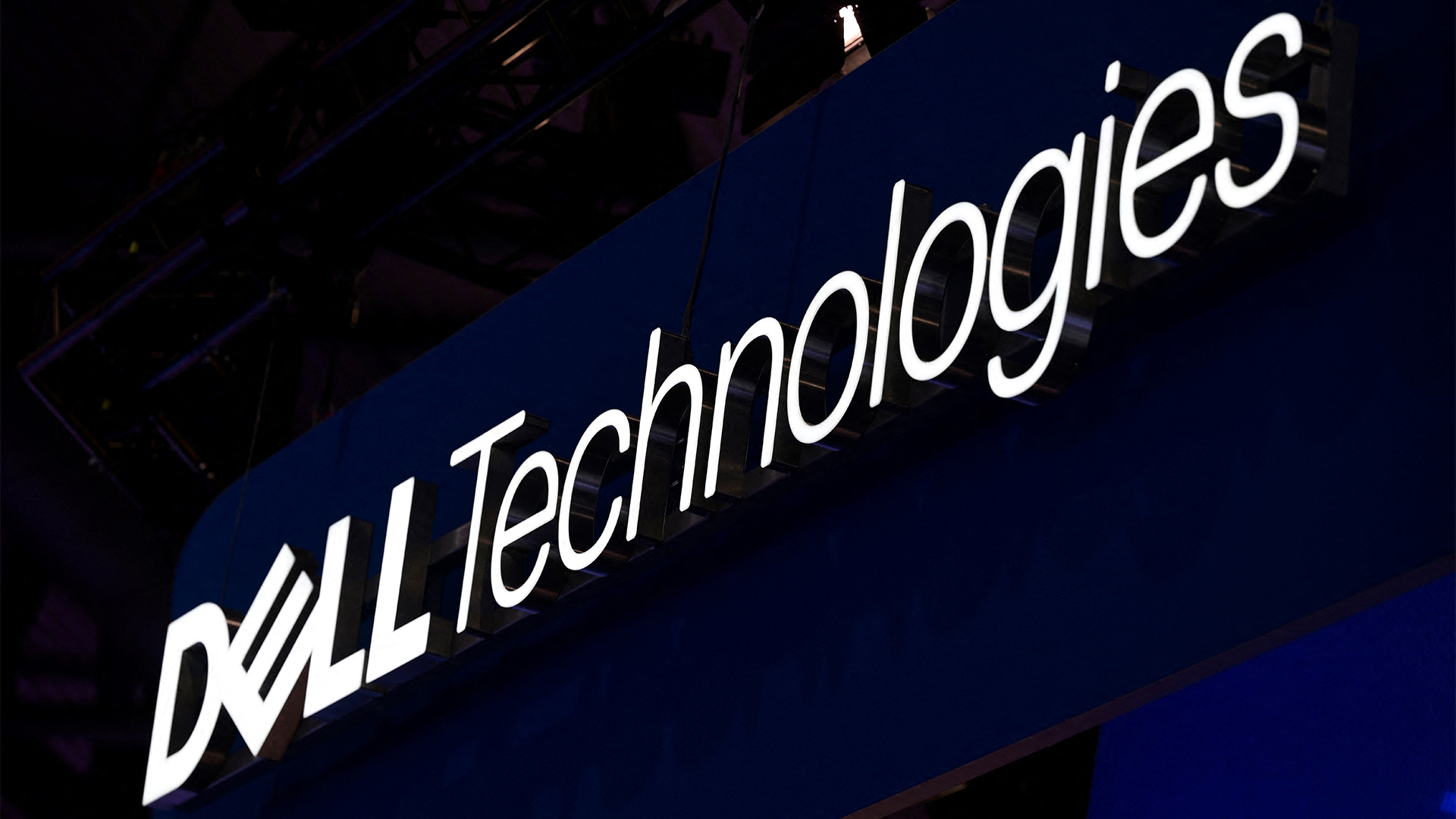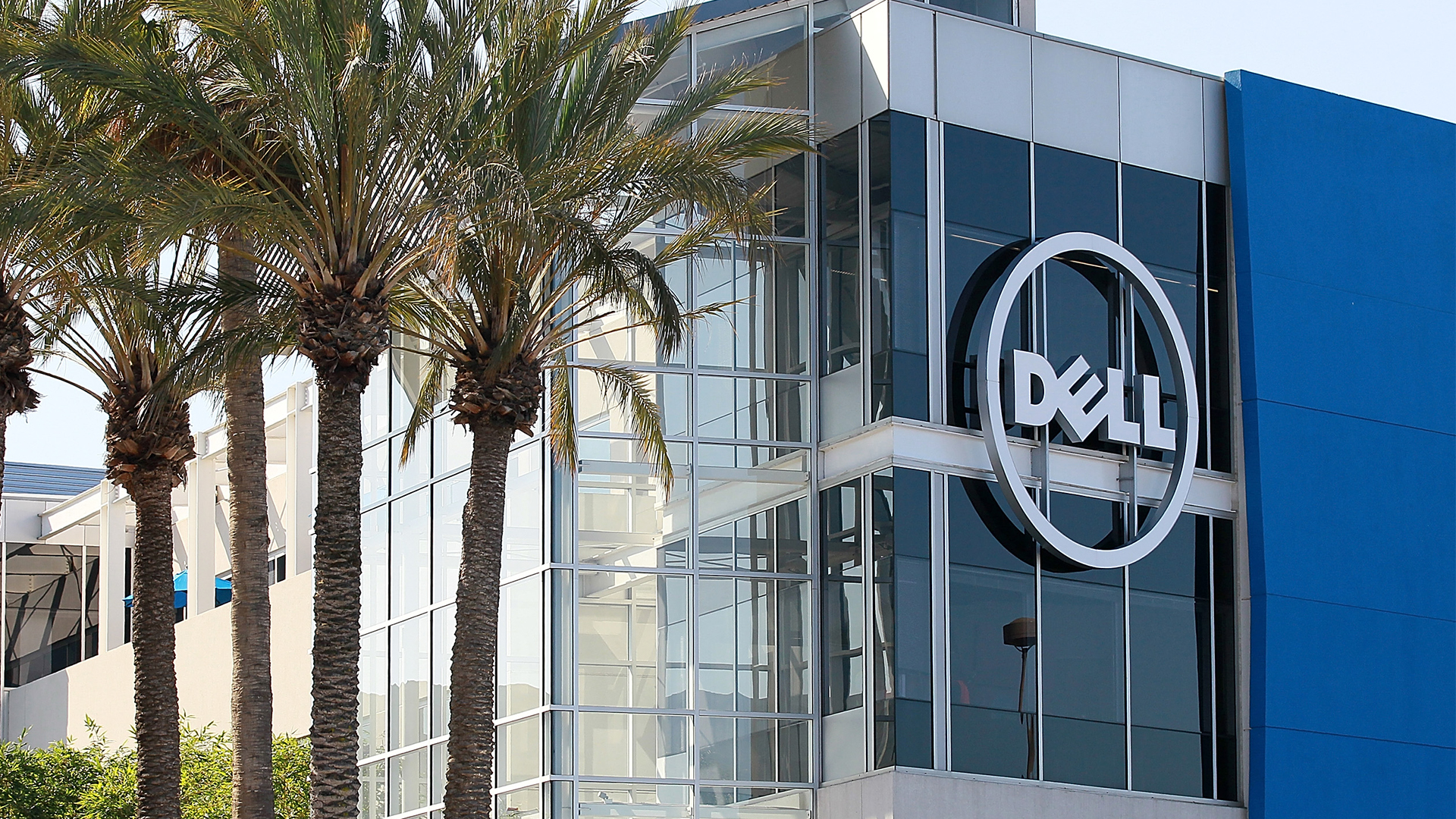Standing in the way of control: To manage or not to manage
Is a hands-on or hands-off approach the best foot forward for businesses when it comes to managing IT infrastructure?

Historically, it’s been the case that the majority of IT spending was used just to keep the lights on, with mere scraps left for anything else, including innovation.
And given that budgets often shrink rather than increase, it seems ridiculous to be spending precious budget and resource (the oft-quoted 80/20 being the average) on standing still rather than moving forward.
This probably also goes some way to explain how, traditionally, IT has come to be known as the department of “no”. After all, who wants to be the one willing to fritter away the 20% of budget that’s left, right?
Times have changed
Technology has definitely evolved from a cost centre to something that has the potential to drive businesses forward and ensure continuous success. As such, over the years, organisations have started thinking differently about not only how they use their IT budget, but also who is involved in the decision-making.
Way back when, there was a dividing line between IT decision makers and business decision makers. Whereas, now it’s much more of a collaborative effort – and rightly so.
Indeed, pre-pandemic, many firms were focused on agile working and digital transformation. This required a rethink on how business-focused technology decisions were made. Instead of it being the preserve of those working in the IT department, it became important to involve other stakeholders across facilities, HR, marketing and operations.
Fast-forward some more and even greater progress has been made to ensure that all stakeholders at all levels are considered when making technology purchase decisions.
The COVID-19 pandemic shook things up further, with technology becoming the hero of the piece as businesses moved from in-office to in-home working.
While we’re hopefully emerging from the effects of the pandemic, what we’ve learned and gained in the business world is likely to stay with cloud and mobile-first being key watchwords.
Gartner sums it up nicely when it talks about so-called “composable business”, which leans into adaptability, agility and flexibility.
“Composable business is a natural acceleration of the digital business* that you live every day. It allows us to deliver the resilience and agility that these interesting times demand,” said Daryl Plummer**, distinguished VP analyst at the analyst firm during the opening keynote at 2020’s virtual Gartner Symposium IT/Xpo.
“We’re talking about the intentional use of ‘composability’ in a business context – architecting your business for real-time adaptability and resilience in the face of uncertainty.”
The dawn of a new era
Regardless of the appetite for agility or even digital transformation, IT still needs to be decided upon and managed by someone. Otherwise chaos would ensue.
Pre-cloud, the only option was to do this in-house. But even in the cloud era, many still want to be in complete control and manage everything themselves.
This is, of course, no bad thing. Being in sole charge of your entire IT estate and operations gives you 100% control of everything. However, it also means you’re totally accountable for everything and have to go back to spending time on day-to-day management rather than being proactive and innovating.
There is another way, though – another way that has come to bear thanks to not only the cloud, but also the emergence of disruptive technologies such as AI and machine learning that have forced all of us to think outside the box.
If you’re managing everything yourself, you can have confidence everything is as it should be. But what about relying on a partner? This is where trust comes in.
The importance of the customer/supplier relationship and that trusted bond is somewhat of the Holy Grail for businesses regardless of size, sector or geography.
In this article†, you can find more detail about the spoken and written rules of successful partnerships, but in essence, companies should look for a partner that can:
- Operate – in reality as well as theory – as a trusted advisor that understands your unique business circumstances
- Help you navigate business change through IT-led solutions in a holistic rather than play-by-play fashion
- Deliver continuous improvement of services and solutions so your business is always running the most up-to-date technology
- Offer the right support at the right time, in the right medium so help is always there in a form you need, when you need it
- Remove obstacles and barriers such as budgetary or human resource constraints
- Create more predictability even when wrestling with unpredictable consumption models – taking scale-up/scale-down capabilities to the next level
- Ensure your business has a foundation for future growth and success that is built on every day as part of the strong and trusted partnership
The best of both worlds
With the widespread adoption of multi-cloud, edge computing, AI and managed services, organisations are now in a unique position to be able to decide how to best use the bandwidth within their IT department and, in turn, company wide time and resources.
Wanting to be in total control, yet to also hand over some of the grunt work to someone else seems like a pretty big ask. But it’s completely doable with the right technology partner and solutions, particularly in the as-a-service world.
Dell Technologies APEX, for example, is designed on three core tenets:
- Agility – The ability to more closely align technological need with provision as well as the flexibility of being able to rapidly scale when required
- Control – The ability to really run your business the way you want to, with minimum risk, but maximum resources
- Simplicity – The ability to operate your chosen technology, but without any of the management headaches
This ensures organisations can “focus on running your business, rather than managing your infrastructure”, according to Dell.
Dell continues: “APEX delivers cloud and infrastructure services for a range of data and workload requirements, enabling you to accelerate innovation, adapt to evolving requirements, and stay in control of IT operations. APEX is based on innovative Dell Technologies infrastructure built with Intel flexibility and performance.”
This should come as music to the ears of modern IT leaders who understand the power of technology, but also want to be freed from the shackles of archaic mindsets and unleash more innovation.
"Today's IT leaders are increasingly turning to as-a-Service, and IDC predicts that by 2024, half of data centre infrastructure will be consumed as-a-Service," said Matthew Eastwood, senior vice president, IDC.
"Dell Technologies APEX is yet another example of Dell's agility when addressing the needs of a transforming marketplace and is in tune with the way customers want to use, consume and simplify IT."
Whether we’re talking working practices or technology adoption and consumption models, it’s clear there is no one-size-fits-all and that a hybrid approach will prevail.
“Technologies are being stressed to their limits, and conventional computing is hitting a wall,” Gartner’s Plummer added, in a nod to the fact we are existing and operating in a very different world than ever before.
“The world is moving faster than ever before, and it’s essential that technology and processes are able to keep up to support digital innovation needs. Starting now, CIOs can expect a decade of radical innovation led by non-traditional approaches to technology,” Plummer stressed.
“The future technologies that will lead the ‘reset of everything’ have three key commonalities: they promote greater innovation and efficiency in the enterprise, they are more effective than the technologies that they are replacing, and they have a transformational impact on society.”
Visit the Dell Technologies site to explore APEX
Disclaimer
Get the ITPro daily newsletter
Sign up today and you will receive a free copy of our Future Focus 2025 report - the leading guidance on AI, cybersecurity and other IT challenges as per 700+ senior executives
ITPro is a global business technology website providing the latest news, analysis, and business insight for IT decision-makers. Whether it's cyber security, cloud computing, IT infrastructure, or business strategy, we aim to equip leaders with the data they need to make informed IT investments.
For regular updates delivered to your inbox and social feeds, be sure to sign up to our daily newsletter and follow on us LinkedIn and Twitter.
-
 Asus ZenScreen Fold OLED MQ17QH review
Asus ZenScreen Fold OLED MQ17QH reviewReviews A stunning foldable 17.3in OLED display – but it's too expensive to be anything more than a thrilling tech demo
By Sasha Muller
-
 How the UK MoJ achieved secure networks for prisons and offices with Palo Alto Networks
How the UK MoJ achieved secure networks for prisons and offices with Palo Alto NetworksCase study Adopting zero trust is a necessity when your own users are trying to launch cyber attacks
By Rory Bathgate
-
 Scale of Dell job cuts laid bare as firm sheds 10% of staff in a year
Scale of Dell job cuts laid bare as firm sheds 10% of staff in a yearNews Dell Technologies’ workforce has reduced significantly in recent years, figures show, with headcount at the tech giant dropping by 10% in 2025 alone.
By Nicole Kobie
-
 Dell Technologies just revamped its Partner Program for 2025 – here's what to expect
Dell Technologies just revamped its Partner Program for 2025 – here's what to expectNews Dell Technologies has unveiled its revamped Partner Program for 2025, offering a range of new incentives for partners.
By Emma Woollacott
-
 'Nothing is faster than the speed of human interaction': Dell orders staff back into the office as the company shakes up hybrid working practices
'Nothing is faster than the speed of human interaction': Dell orders staff back into the office as the company shakes up hybrid working practicesNews Dell Technologies has ordered staff to return to the office five days a week, according to reports, with some exceptions allowed for staff located too far from physical office sites.
By Emma Woollacott
-
 Meta layoffs hit staff at WhatsApp, Instagram, and Reality Labs divisions
Meta layoffs hit staff at WhatsApp, Instagram, and Reality Labs divisionsNews The 'year of efficiency' for Mark Zuckerberg continues as Meta layoffs affect staff in key business units
By Ross Kelly
-
 Business execs just said the quiet part out loud on RTO mandates — A quarter admit forcing staff back into the office was meant to make them quit
Business execs just said the quiet part out loud on RTO mandates — A quarter admit forcing staff back into the office was meant to make them quitNews Companies know staff don't want to go back to the office, and that may be part of their plan with RTO mandates
By Nicole Kobie
-
 Microsoft tells staff it won’t follow Amazon or Dell on enforcing a return to the office – but there’s a catch
Microsoft tells staff it won’t follow Amazon or Dell on enforcing a return to the office – but there’s a catchNews While other big tech companies are forcing reluctant workforces back into the office, Microsoft isn’t following suit
By George Fitzmaurice
-
 Amazon workers aren’t happy with the company’s controversial RTO scheme – and they’re making their voices heard
Amazon workers aren’t happy with the company’s controversial RTO scheme – and they’re making their voices heardNews An internal staff survey at Amazon shows many workers are unhappy about the prospect of a full return to the office
By Ross Kelly
-
 Predicts 2024: Sustainability reshapes IT sourcing and procurement
Predicts 2024: Sustainability reshapes IT sourcing and procurementwhitepaper Take the following actions to realize environmental sustainability
By ITPro
